- (808) 539-4999
- info@jhchawaii.net
- Mon - Fri: 8:00 am - 4:00 pm
Ka Olelo a me ke Kanawai: Language and Law
Current theory suggests that Hawaii was initially settled by Polynesians between 1000–1100 CE. The first wave of settlers arrived from the Marquesas Islands followed by groups from Tahiti. The common ancestors of these people can be traced back 5000 years, to near present-day Taiwan. The languages spoken in the Polynesian Triangle, the region in the Pacific Ocean encompassing Hawaii, Aotearoa, and Rapa Nui are known as Austronesian languages. There was no written form of these languages prior to the 18th century. Ancient Polynesians relied on oral tradition to pass on and preserve their history and culture. This elevated the spoken word in Hawaii to the realm of sacred, carrying with it mana (power) that can uplift or destroy.
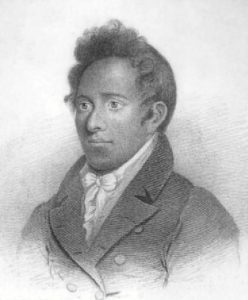
1814
Post-Contact Change
Henry Opukahaia, a native Hawaiian, left Hawaii in 1807 for New Haven, Connecticut. There, he was tutored in English, Christianity, and other subjects. Around 1814, Opukahaia began work on a Hawaiian grammar book with hope of translating the Bible into Hawaiian and returning to Hawaii. In 1818, he succumbed to typhus and his work on a written form of olelo Hawaii (the Hawaiian language) was lost. Opukahaia’s interactions with Christian missionaries on the East Coast influenced the American Board of Commissioners of Foreign Missions (ABCFM) to send missionaries throughout the Hawaiian islands in 1820. This contact impacted the development of a written Native Hawaiian language.
1814
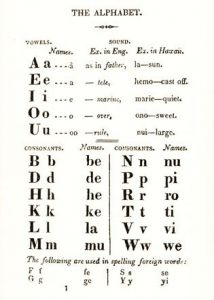
1822
The Written Word
Christian missionaries began using a Hawaiian grammar and spelling book similar to what they were using in Tahiti. The alphabet developed for the grammar book is the foundation of our current piapa (alphabet) – five vowels and eight consonants.
1822
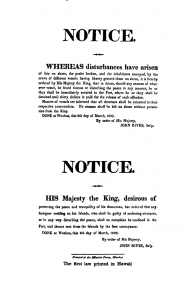
1822
First Printed Laws
In 1822, the first two written kanawai (laws) in Hawaii were printed in English because they were directed at foreigners visiting these islands. One advised seaman disturbing the peace that they would be detained until paying a $30 fine. Another advised foreigners not to molest strangers or disturb the peace, otherwise they would be detained and then expelled from Hawaii. The same year, by order of Kamehameha II, schools were established to teach the new written form of olelo Hawaii. Within thirty years, Hawaii became one of the most literate nations in the world.
1822
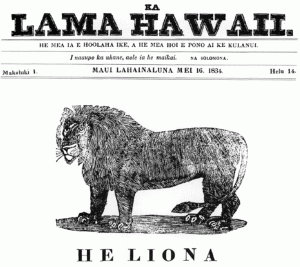
1834
The Press
In 1834, the first Hawaiian language newspaper, Ka Lama Hawaii, was published at Lahainaluna School on Maui. It served to record literature, history, culture, events, politics, and law. Over the next few decades, nupepa (newspapers) flourished in Hawaii.
1834

1839
A Constitutional Monarchy
In 1839, a Bill of Rights was published by the Government in Hawaiian. It was followed within a year by the first Kumu Kanawai (constitution). The Kingdom of Hawaii became a constitutional monarchy.
1839
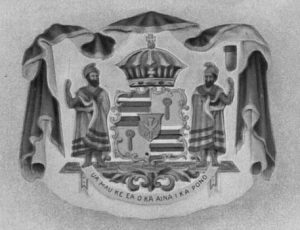
1846
Primacy of Hawaiian Language
As more English speakers arrived in Hawaii, there was a push to use English in business and politics. Beginning in 1846, the Kingdom legislature published laws in Hawaiian and English, even though Native Hawaiians outnumbered English-only speakers. It was also determined that if there were differences between the Hawaiian and English versions of laws, Hawaiian would take precedent.
1846
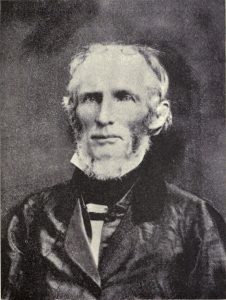
1851
A Push for English
In 1848, Richard Armstrong, a former missionary, became the Kingdom’s Minister of Public Instruction and began to promote the widespread use of English. In 1851, the first government-sponsored English medium school was established, and by 1854, these schools were competing for and receiving more appropriations than Hawaiian medium schools.
1851
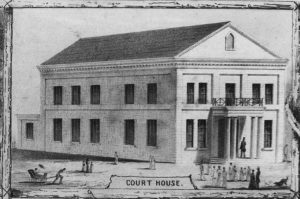
1859
English as Binding Language
The policy prioritizing Hawaiian language versions of law over English translations held until 1859, when the Kingdom’s legislature enacted a law making all English versions binding. Laws in Hawaii were published in both English and Hawaiian until 1943.
1859
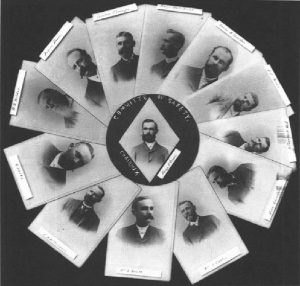
1896
English Standard
After the overthrow of the Kingdom of Hawaii in 1893, education policy changed. In 1896, the Republic of Hawaii government enacted a law requiring English as the only medium of instruction in all public and private schools. Hawaiian could be taught as a second language with authorization from the Department of Education. Schools not following the policy were ineligible to receive government funding. By 1902, there were no Hawaiian medium schools in operation.
1896
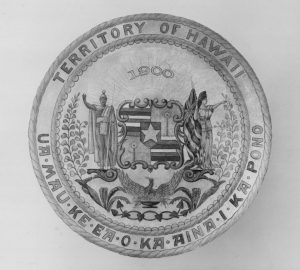
1919
A Second Language
In 1919, the Territory of Hawaii’s legislature amended the Republic’s 1896 law to allow Hawaiian to be taught in schools in addition to English, but not solely. In 1935, the law was further amended to allow for at least ten minutes of olelo Hawaii conversation or instruction in schools located in homestead areas. These laws were not repealed until 1965.
1919
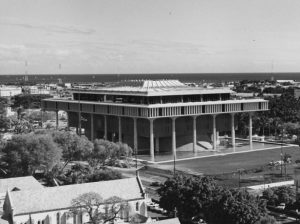
1978
Hawaiian Renaissance
Since 1978, the Hawaii State Supreme Court has recognized an affirmative duty on the part of judiciary as well as executive branch agencies to protect and perpetuate traditional and customary practices. Three amendments to the Hawaii State Constitution encourage this view.
Article XV, Section 4 established Hawaiian along with English as an official language of the State of Hawaii, making it the only state in the nation to have two official languages. Article X, Section 4 requires the State to promote the study of Hawaiian culture, history, and language. Lastly, Article XII, Section 7 provides that the State reaffirm and protect all rights, customarily and traditionally exercised for subsistence, cultural, and religious purposes by ahupuaa tenants of Hawaiian ancestry, subject to regulation by the State.
1978
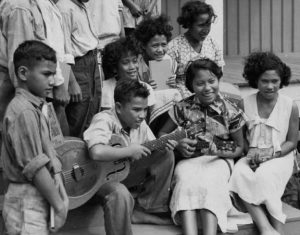
1990
On the Federal Level
In 1990, the federal government of the United States enacted the Native American Languages Act (NALA). Initially meant to promote the education of indigenous children in their native languages, the federal government has taken a restrictive view of implementing the statute. States are merely encouraged, not required, to integrate the teaching of Native American languages.
1990

2019
A Constitutional Right
After a challenge to the Hawaii Department of Education’s policy of accessibility to Hawaiian immersion education, the Hawaii State Supreme Court ruled that the Hawaiian constitution mandates actual access to language immersion.
The court ruled that a constitutional provision regarding Hawaiian education was intended to revive the Hawaiian language.
2019
Archival images courtesy of Hawaii State Archives